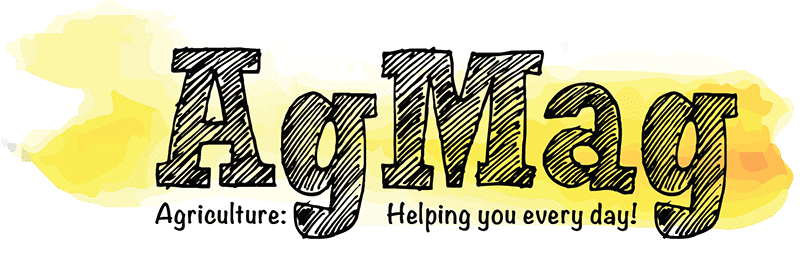Farming Across Minnesota
Farmers in Minnesota work hard to grow their plants and take care of their animals. They pay special attention to the soil, water, and climate. Keeping their farm healthy for the future is very important. They use knowledge and skills learned from past farmers, while also learning new ways to farm. Let's look at two great Minnesota Farms: Red Lake Buffalo Ranch, and Pfarr Family Farm.
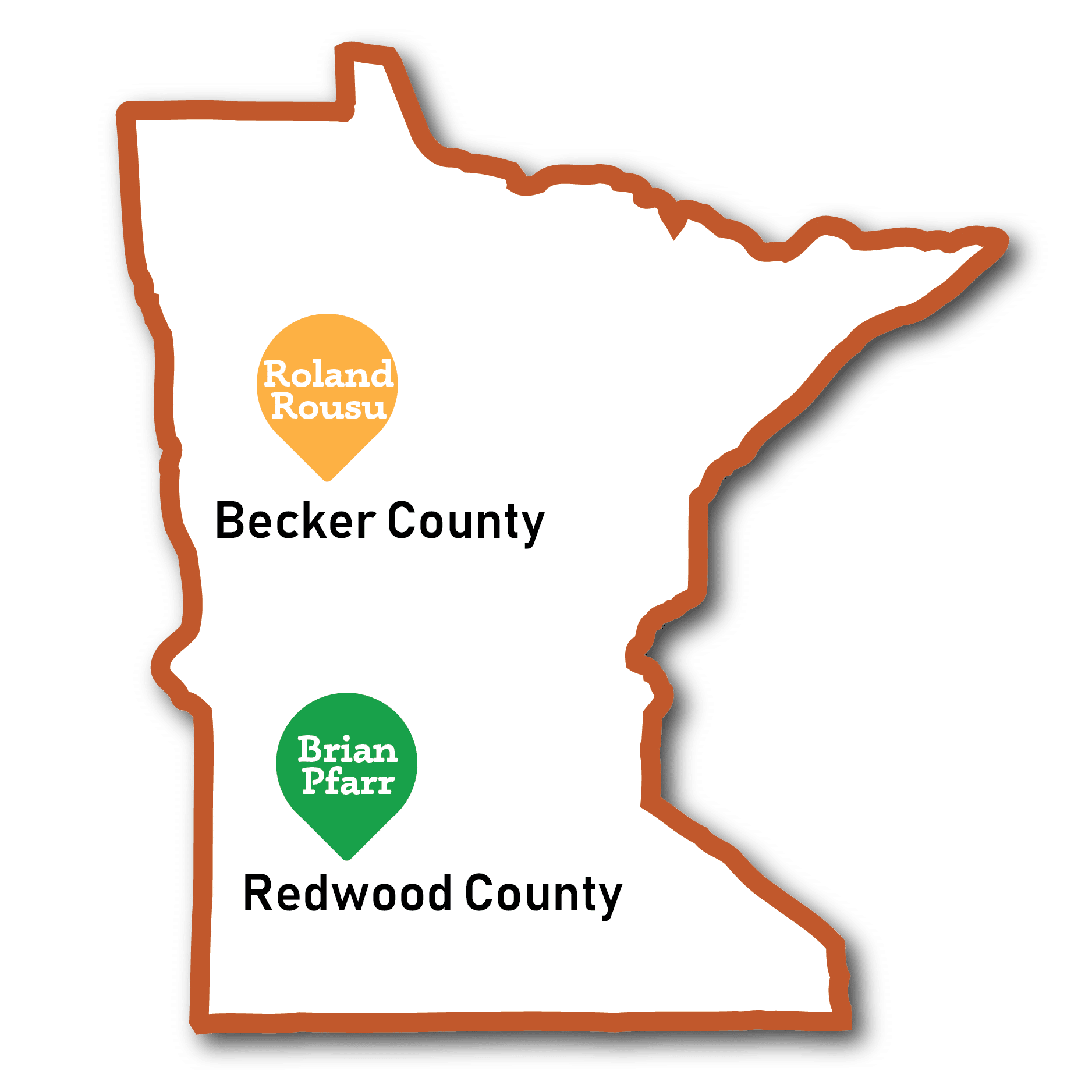
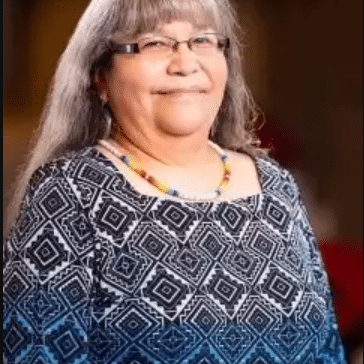
Red Lake Buffalo Ranch
Today, there are about 500,000 buffalo living in North America. But 100 years ago, there were over 20,000,000 buffalo roaming the United States! The people of the Red Lake Nation in Northern Minnesota knew that they wanted to get buffalo back on their lands.
Having the buffalo local, like their ancestors had before them, is an important part of their culture. This also allows them to raise the buffalo for meat.
In 2021, the Red Lake Nation started a ranch, a type of farm that specializes in raising large livestock, with just 7 buffalo: 1 bull (male) named Jumbo, and 6 female buffalo. They added an additional 15 buffalo in 2022, and the herd has now grown to 31 buffalo! The buffalo graze and roam on almost 600 acres of grazing land.
Cherilyn Spears, director of the Department of Agriculture for the Red Lake Nation says that they will raise these buffalo for meat. They want to eat locally grown food on their reservation. Just like their ancestors did before, they plan to use every part of the buffalo, from the meat, to the hoof, to the hide. They can use the hide to make material, clothing and shelter, and the hooves and horns can be made into tools and glue. Using every part of the buffalo is an important part of the people of the Red Lake Nation's culture; it shows respect for the buffalo by not wasting any part of it.
Red Lake Buffalo Ranch is a relatively small ranch, but they hope to continue growing the herd. They would like to be able to grow and raise all of the food they need for survival on their reservation.
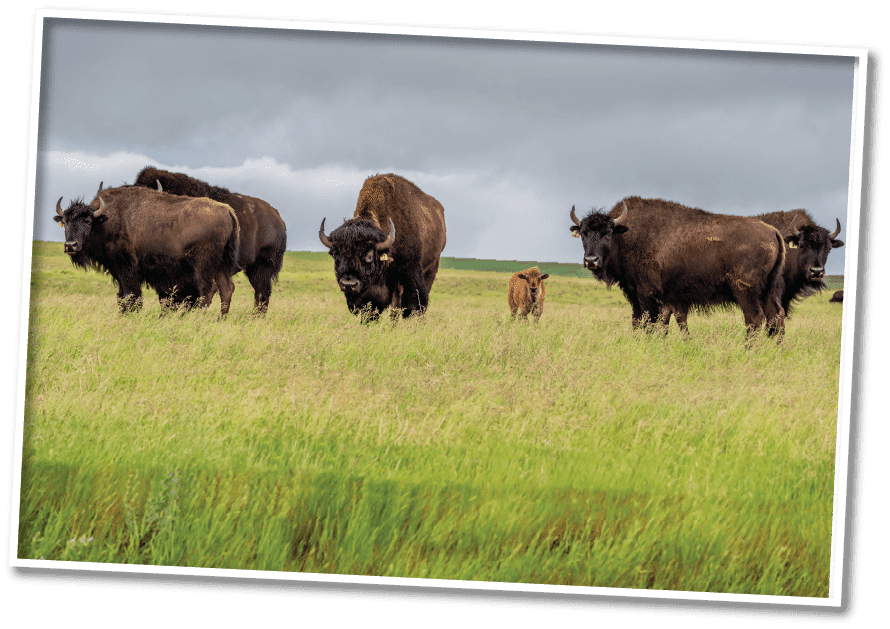
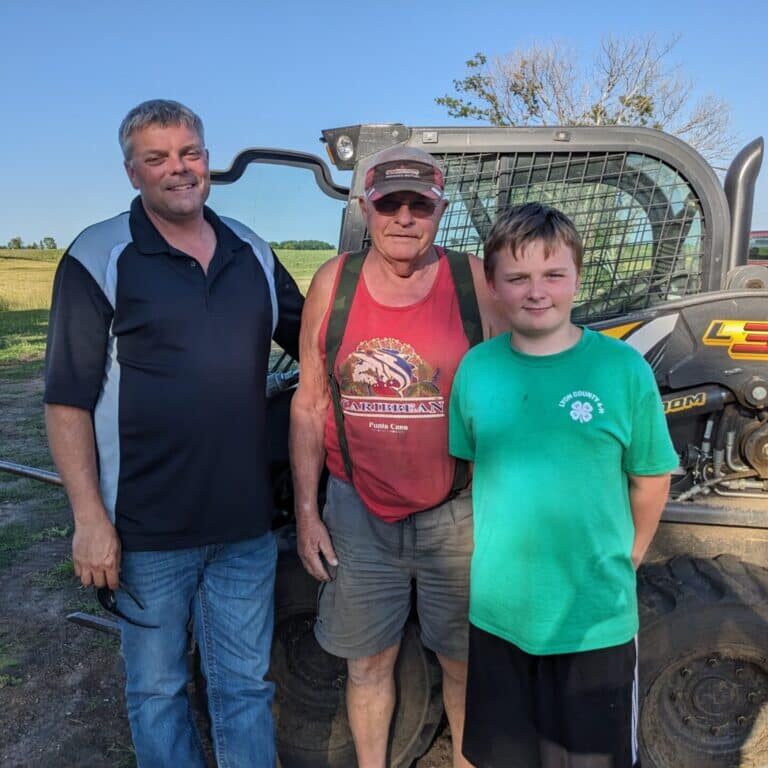
Pfarr Family Farm
Grayson Pfarr lives on a farm in Redwood County, Minnesota where he helps his dad Brian and Grandpa Bill raise corn, soybeans, wheat, and cattle. Starting a few years ago, the Pfarr family wanted to decrease their inputs (time, money, and materials spent to run the farm) while still having good outputs (growing enough corn, soybeans, wheat, and cattle to sell).
One way the Pfarr family has lowered their inputs is by using technology to make sure the soil in the fields is healthy. Brian first collects small samples of soil from different parts of his fields and then sends the soil to be analyzed in a soil science laboratory. This tells the Pfarr family if their soil is healthy or if nutrients need to be added to the soil. Brian then creates maps that show where more nutrients are needed and adds fertilizers to these spots.
Fertilizers are substances added to soil to help plants grow better. Technology helps the Pfarr family save money on fertilizer by buying the correct amount and putting it where it is needed.
The Pfarr family also changed when they till their fields. Tilling is when farmers loosen and turn up the soil. Instead of tilling the fields every spring and fall, the Pfarr family only tills in the spring. By not tilling in the fall, things like earthworms and microbes can get to work making the soil even healthier.
Recently, Grayson and his dad Brian installed beehives on their farm. Grayson says he plans to collect the honey the bees make to sell and to eat. Bees are very important for the environment by pollinating most of the fruits, vegetables, seeds and nuts humans eat.
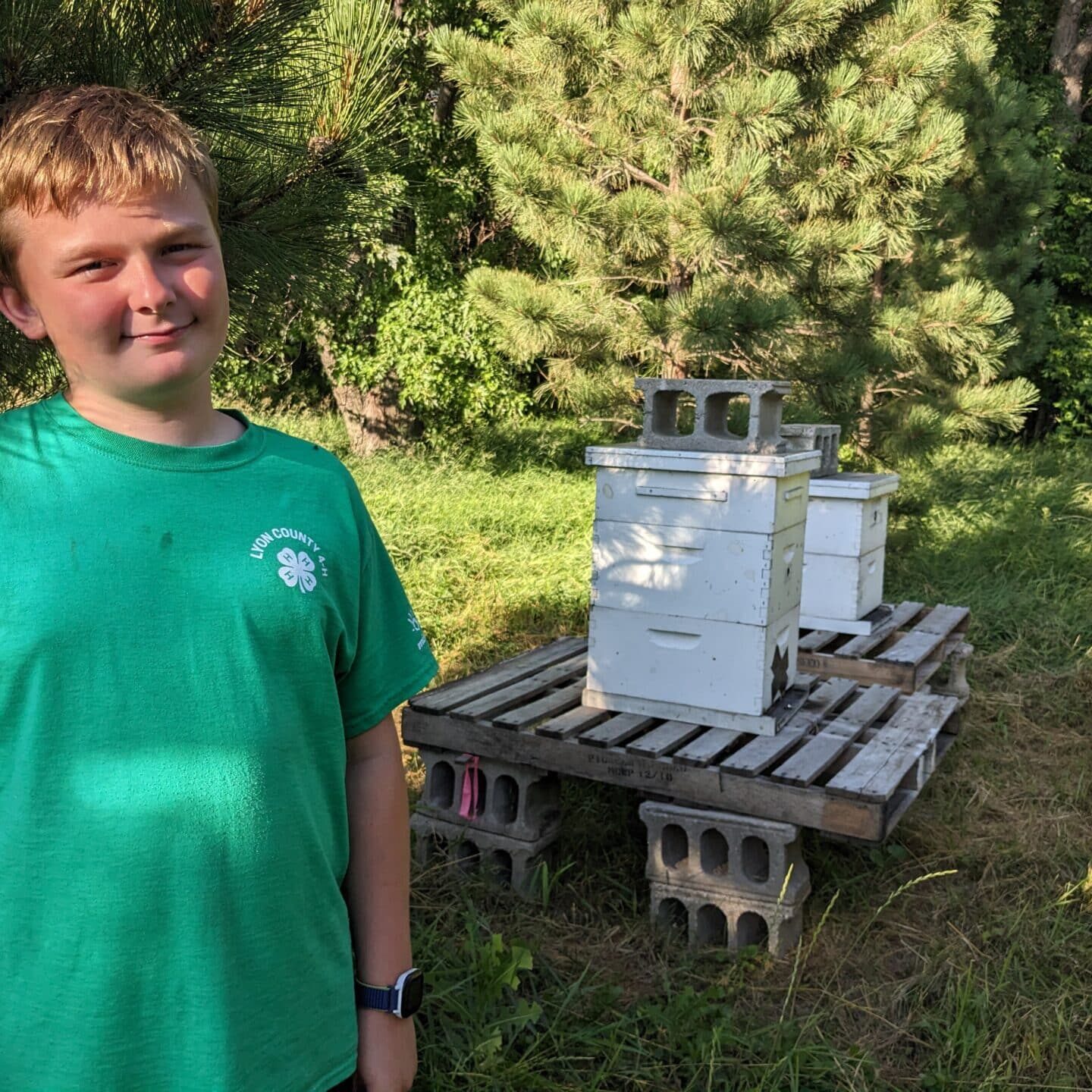
Did You Know?
One beehive can produce up to 100 pounds of honey in a year!
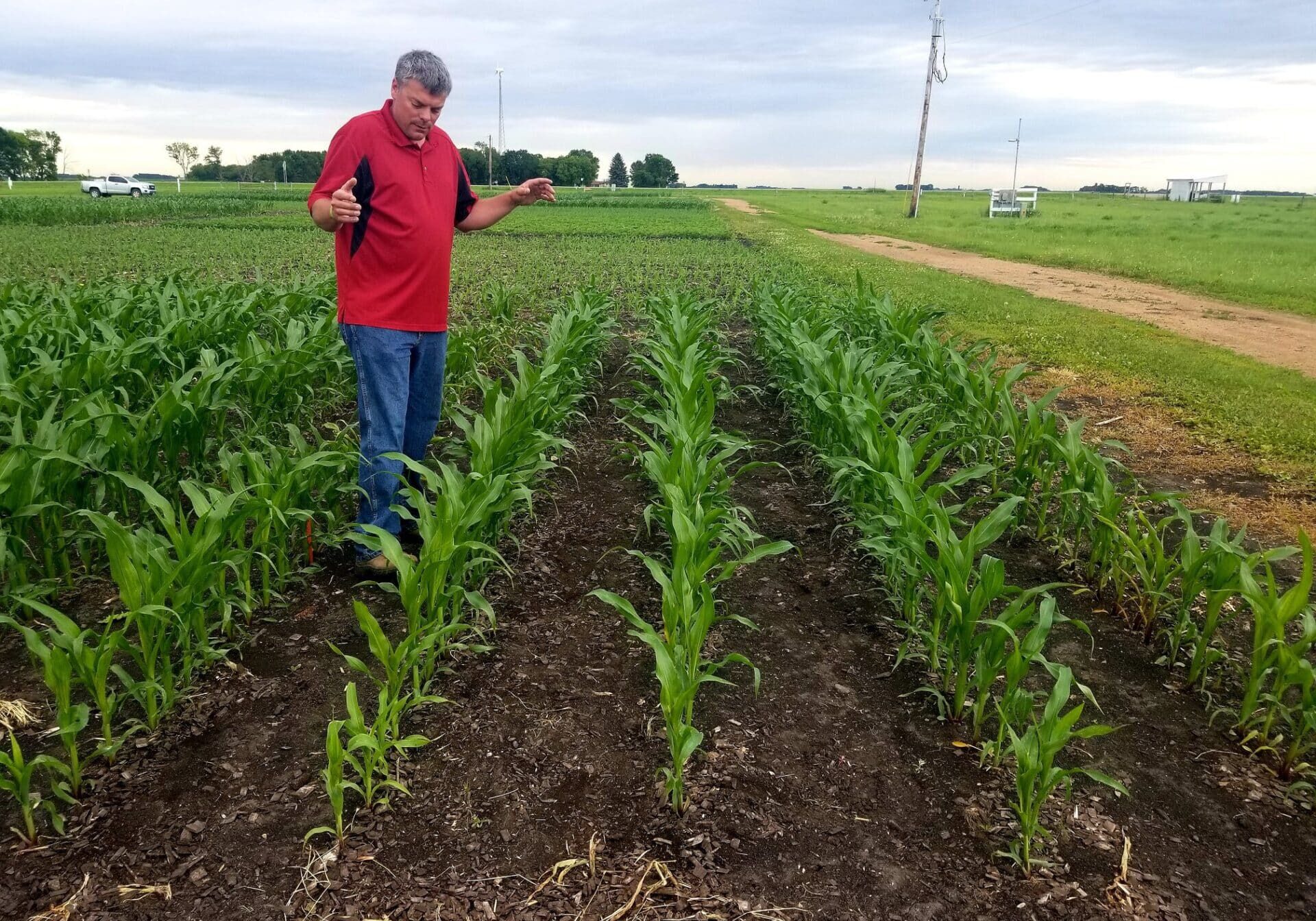
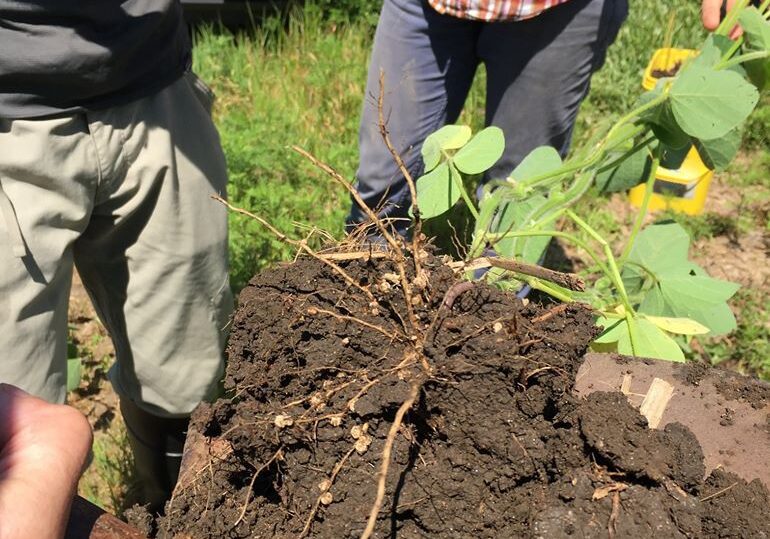
Think & Discuss
If you were going to farm, what would you grow?
Where would you have your farm?
